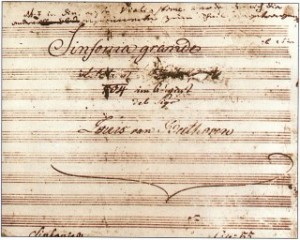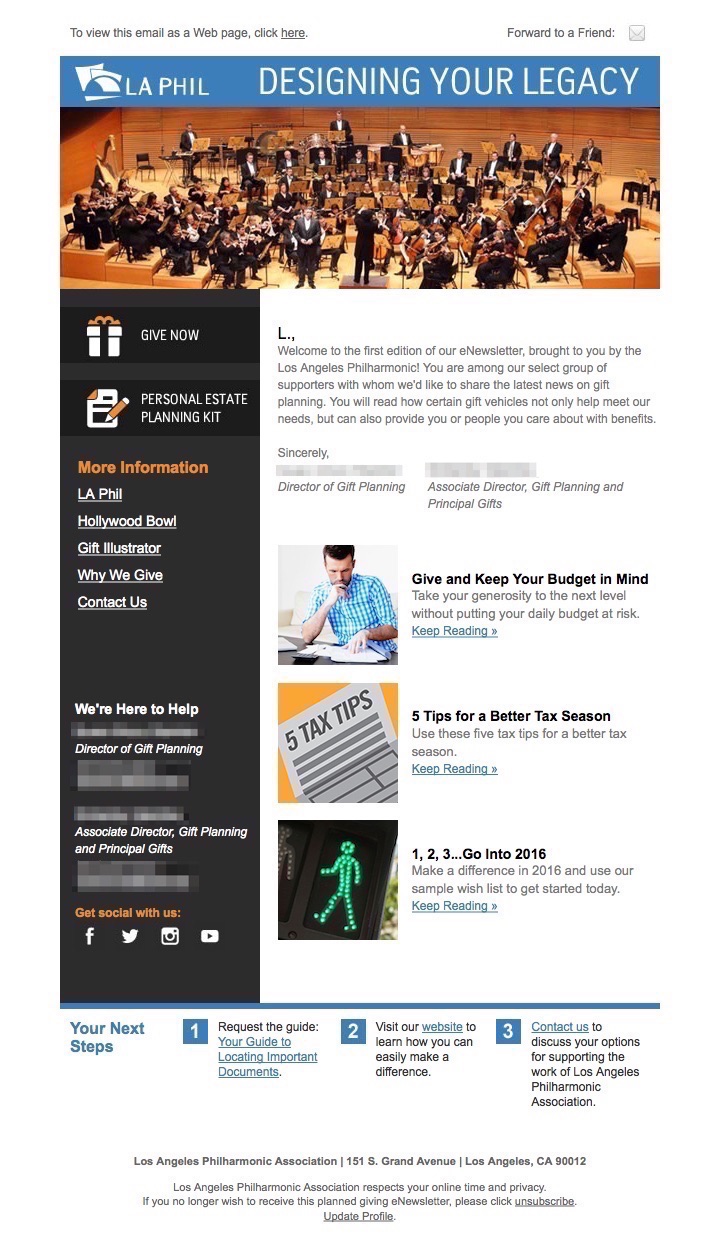The Kaleidoscope Chamber Orchestra took risks in its Saturday season-finale, performing the massive ‘Eroica‘ with a surprisingly slim ensemble at Santa Monica’s First Presbyterian Church. Prior concerts in the second season featured anywhere from 40 to 50 musicians. This one had 28 all-in, matched only by that for Ives’s ‘Unanswered Question’ from December. The winds are all there as Beethoven prescribed but the string section is pared down to 13. Perhaps this was the size of the forces at the palatial premiere. The even split revealed parts of the score, such as the oboe and bassoon lines, often hidden in the crush of modern orchestral forces. The horns had an uneven night with a few rough passages. Kaleidoscope’s constantly changing roster and democratic, conductorless approach succeeds in rhythmic precision at some expense of contrast. Three lower strings can only do so much at their end of the spectrum and extreme changes in ensemble dynamics must be hard to coordinate in the moment. Nevertheless, it was a brisk, enjoyable performance of the beloved work, growing more confident and nuanced as it progressed – another KCO hallmark. The large audience was especially gratifying in light of past events and perhaps a sign that word is getting out.
The affable young johnnie from the local radio station spent ten minutes of his preconcert talk trying to argue that minimalist music is better than it sounds. Unfortunately for him, he brought sound clips that weakened his case. Then, the four-minute first work ‘Long Walk Off a Short Pier’ or somesuch by the Starbucks of composers sealed the conviction. Even the best defense attorney can only do so much.
Non-profit life is not easy and many who’ve tried it say that the second year is often the hardest, when the adrenaline dissipates and fatigue sets in. Fortunately, Kaleidoscope has passed this milestone and we can hope that it continues its artistic and institutional growth. Anyone who attends arts events these days knows that ticket sales are only a small part of an almost impossible economic equation. We can further hope that the group grows its donor base sufficiently to phase out or at least rework the in-concert appeal.



